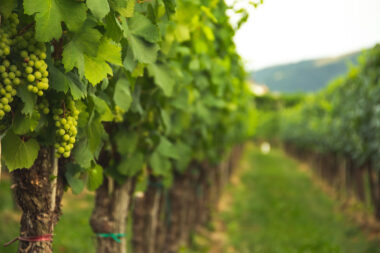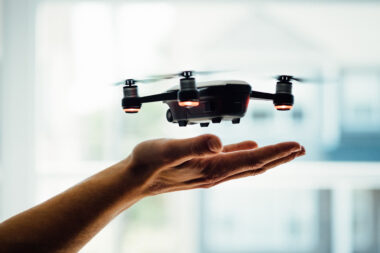Green roofing, also known as living roofing or green roof systems, involves the cultivation of vegetation on the roof of a building. This type of roofing goes beyond traditional roofing materials, incorporating living plants to create a functional and environmentally friendly rooftop space. Green roofs offer a range of benefits for both the building and the surrounding environment.
Components of Green Roofing
Roof Deck:
- The roof deck is the structural foundation of the roof, providing support for all other components. It is typically made of materials like wood, concrete, or metal.
- Technical Details: The choice of roof deck material depends on factors such as building design, load-bearing capacity, and local building codes. Proper structural analysis ensures the deck can support the added weight of the green roof system.
Waterproofing Membrane:
- The waterproofing membrane is a critical layer that prevents water from infiltrating the building structure. It is placed directly on top of the roof deck.
- Technical Details: Materials such as modified bitumen, EPDM (ethylene propylene diene terpolymer), or PVC (polyvinyl chloride) are commonly used. The membrane must be durable, flexible, and resistant to UV radiation.
Insulation Layer:
- The insulation layer regulates temperature and protects the building from heat gain or loss. It is placed above the waterproofing membrane.
- Technical Details: Insulation materials include rigid foam boards, fiberglass, or mineral wool. Proper insulation helps enhance energy efficiency by reducing the transfer of heat between the interior and exterior.
Root Barrier:
- The root barrier is installed to prevent plant roots from penetrating the waterproofing membrane and causing damage to the building structure.
- Technical Details: Root barriers are often made of materials like high-density polyethylene (HDPE) or ethylene propylene diene monomer (EPDM). The barrier must be durable, flexible, and capable of withstanding root penetration.
Protection Layer:
- The protection layer shields the waterproofing membrane and insulation from mechanical damage during installation and maintenance activities.
- Technical Details: Protection layers may consist of geotextile fabric or rigid insulation boards. They serve as a buffer against sharp objects, tools, or foot traffic.
Drainage Element:
- The drainage element facilitates the removal of excess water from the green roof system, preventing waterlogging.
- Technical Details: Drainage elements can include perforated pipes, drainage mats, or drainage boards. The design ensures efficient water flow and prevents standing water on the roof.
Filter Fabric:
- The filter fabric prevents fine particles from clogging the drainage system while allowing water to pass through.
- Technical Details: Filter fabrics are typically made of synthetic materials like polyester or polypropylene. They provide filtration without impeding the movement of water.
Growth Substrate:
- The growth substrate, or growing medium, is where plants root and grow. It provides nutrients, support, and water retention for the vegetation.
- Technical Details: Growing mediums are lightweight, well-draining, and may include a mix of organic and inorganic components such as expanded clay, perlite, compost, and topsoil.
Vegetation:
- Vegetation refers to the living plants that cover the green roof, providing numerous environmental benefits.
- Technical Details: The selection of vegetation depends on climate, local ecology, and the green roof’s intended purpose. Drought-resistant plants like sedum are common choices, while some green roofs may include a variety of grasses, herbs, or even small shrubs and trees.
Green roofing analysis
Structural Analysis:
- Engineers conduct a structural analysis to ensure that the existing building structure can support the additional weight of the green roof. This analysis considers factors such as dead load (weight of the green roof components), live load (human activity), and environmental loads.
Waterproofing Membrane Selection:
- The choice of waterproofing membrane involves selecting materials with high durability, flexibility, and resistance to UV radiation. Materials like modified bitumen, EPDM, or PVC are common, and their installation must adhere to industry standards.
Insulation Materials and Installation:
- Technical Detail: The insulation layer must effectively regulate temperature. Rigid foam boards, fiberglass, or mineral wool are used, and proper installation techniques are crucial to prevent thermal bridging and ensure energy efficiency.
Root Barrier Installation:
- Root barriers are installed to prevent plant roots from penetrating the waterproofing membrane. High-density polyethylene (HDPE) or EPDM barriers are common, and their installation involves securing them to the roof structure.
Protection Layer and Drainage System Design:
- The protection layer shields the waterproofing membrane and insulation during installation and maintenance. The drainage system design incorporates elements like drainage mats, boards, or pipes to ensure efficient water flow and prevent waterlogging.
Filter Fabric Selection:
- Filter fabrics are chosen based on their ability to prevent fine particles from clogging the drainage system while allowing water to pass through. The fabric must provide effective filtration without impeding water movement.
Growth Substrate Composition:
- The growth substrate, or growing medium, is engineered for optimal plant growth. It typically consists of a lightweight mix of components such as expanded clay, perlite, compost, and topsoil. The composition is tailored to provide nutrients, support, and water retention.
Vegetation Selection and Installation:
- The selection of vegetation involves choosing plants that are suitable for the local climate and can thrive in the specific conditions of the green roof. Proper installation practices, including planting techniques and irrigation, are crucial for the success of the vegetation.
Irrigation and Maintenance Systems:
- Green roofs often require irrigation systems to ensure adequate water supply, especially during dry periods. Maintenance plans include regular inspections, weed control, and addressing any issues with the drainage or vegetation.
Performance Monitoring:
- Engineers may incorporate sensors to monitor the performance of the green roof, including factors like moisture levels, temperature, and plant health. This data informs adjustments to irrigation and maintenance practices.
Integration with Building Systems:
- Green roofs may need integration with building systems such as HVAC (Heating, Ventilation, and Air Conditioning) for optimal energy efficiency. Coordination with other building components is essential for seamless functionality.
Conclusion
The principle behind green roofing revolves around creating holistic and sustainable roofing systems that address multiple environmental, economic, and social challenges. By incorporating these principles, green roofs become integral components of modern urban planning and building design, promoting a more resilient and environmentally conscious built environment.



